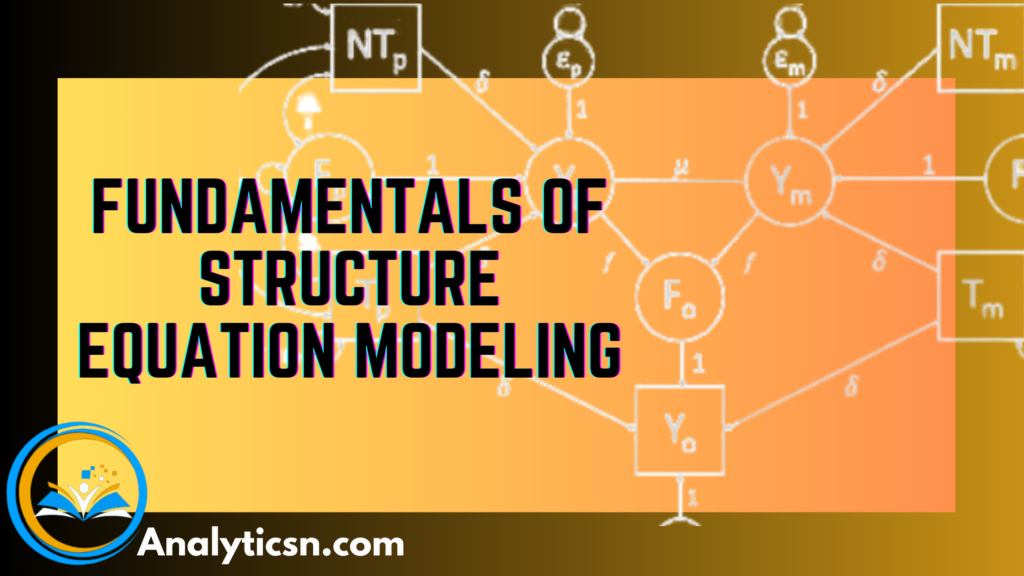
Introduction
Structural Equation Modeling (SEM) is a powerful statistical technique that combines elements of factor analysis and multiple regression. It allows researchers to examine complex relationships between observed and latent variables. SEM is widely used in social sciences, behavioral sciences, and other fields to test theoretical models.
What is SEM?
SEM is a comprehensive statistical approach used to model relationships among multiple variables. It enables the testing of hypotheses about the causal relationships between variables. SEM consists of two main components:
- Measurement Model: This part of the model specifies how latent variables (unobserved constructs) are measured by observed variables.
- Structural Model: This part of the model specifies the relationships between latent variables.
Key Concepts
- Latent Variables: These are variables that are not directly observed but are inferred from other variables that are observed (indicators).
- Observed Variables: These are variables that can be directly measured.
- Path Diagrams: Visual representations of the SEM, where variables are represented as nodes and relationships as arrows.
- Model Fit: This indicates how well the proposed model fits the observed data. Common fit indices include Chi-square, RMSEA, CFI, and TLI.
Steps in SEM
- Specify the Model: Develop a theoretical model based on literature and theory. Define the relationships between variables.
- Identify the Model: Ensure that the model is identified, meaning there are enough data points to estimate the model parameters.
- Estimate the Model: Use statistical software to estimate the parameters of the model.
- Assess Model Fit: Evaluate the fit of the model using various fit indices.
- Modify the Model: If necessary, modify the model to improve fit based on theoretical justification.
Advantages of SEM
- Flexibility: SEM can handle complex models with multiple dependent variables and mediating variables.
- Comprehensive Analysis: It provides a comprehensive analysis of the relationships between variables.
- Theory Testing: SEM is particularly useful for testing theoretical models and hypotheses.
Conclusion
Structural Equation Modeling is a versatile and powerful tool for researchers. It allows for the examination of complex relationships and provides a comprehensive framework for testing theoretical models. By understanding the fundamentals of SEM, researchers can better design their studies and interpret their findings.
More Articles

10. A Secret to Data Transformation
What is data transformation? A woman presenting data, a hand holding a medal, two people chatting, a ship’s wheel being...
Learn More >

